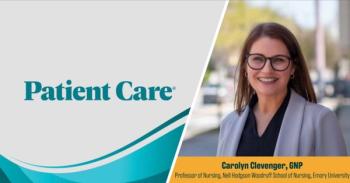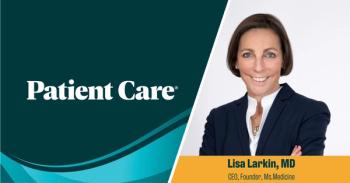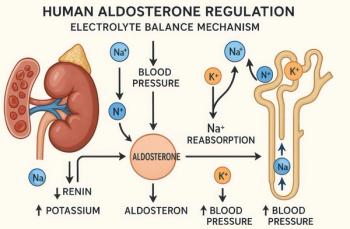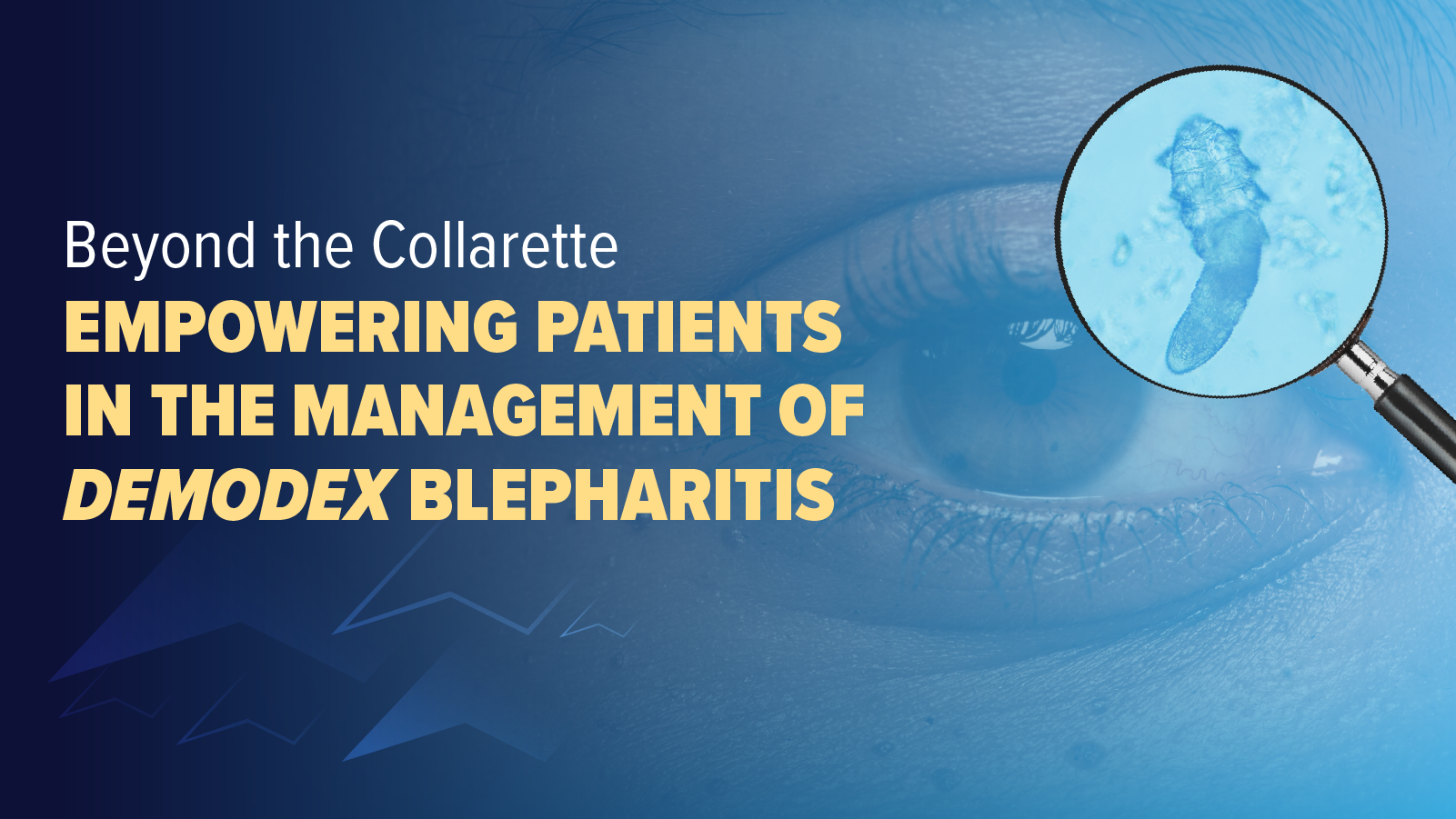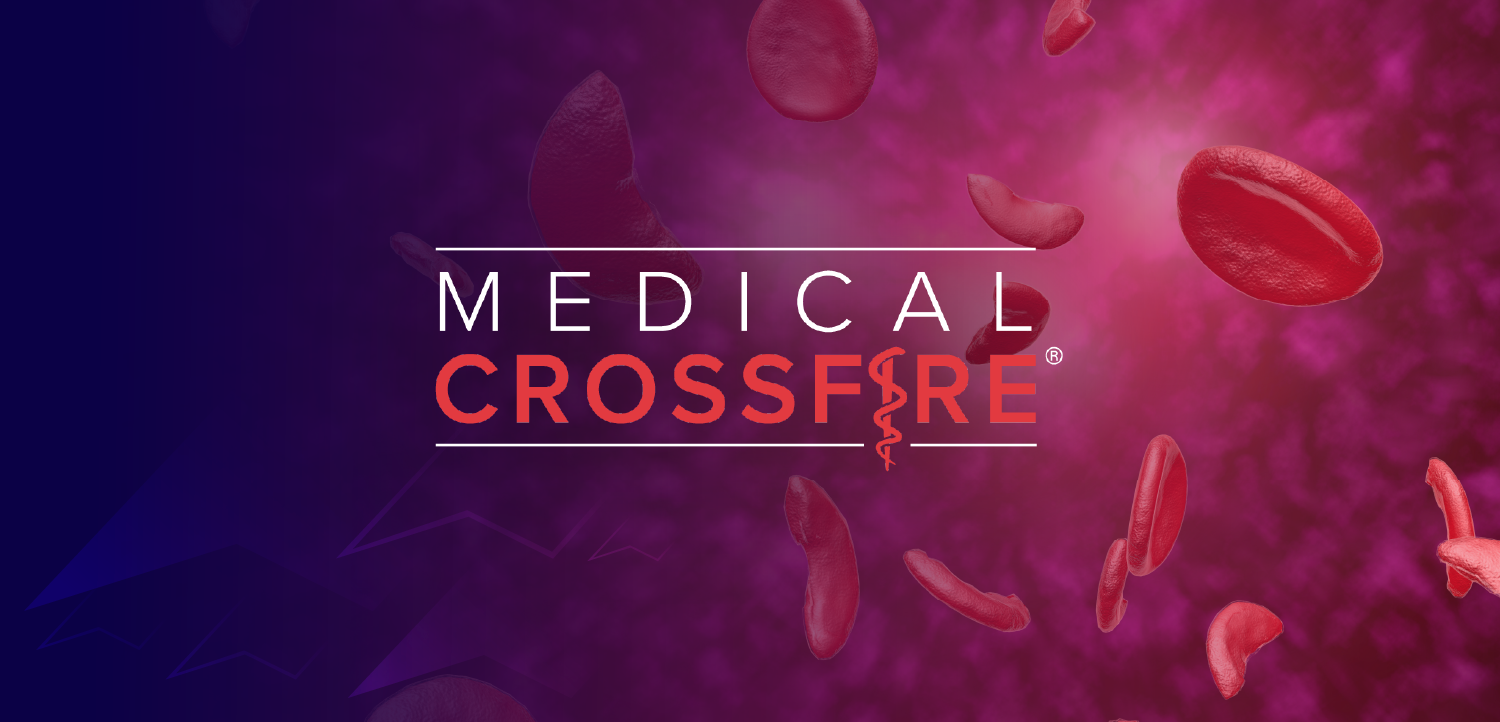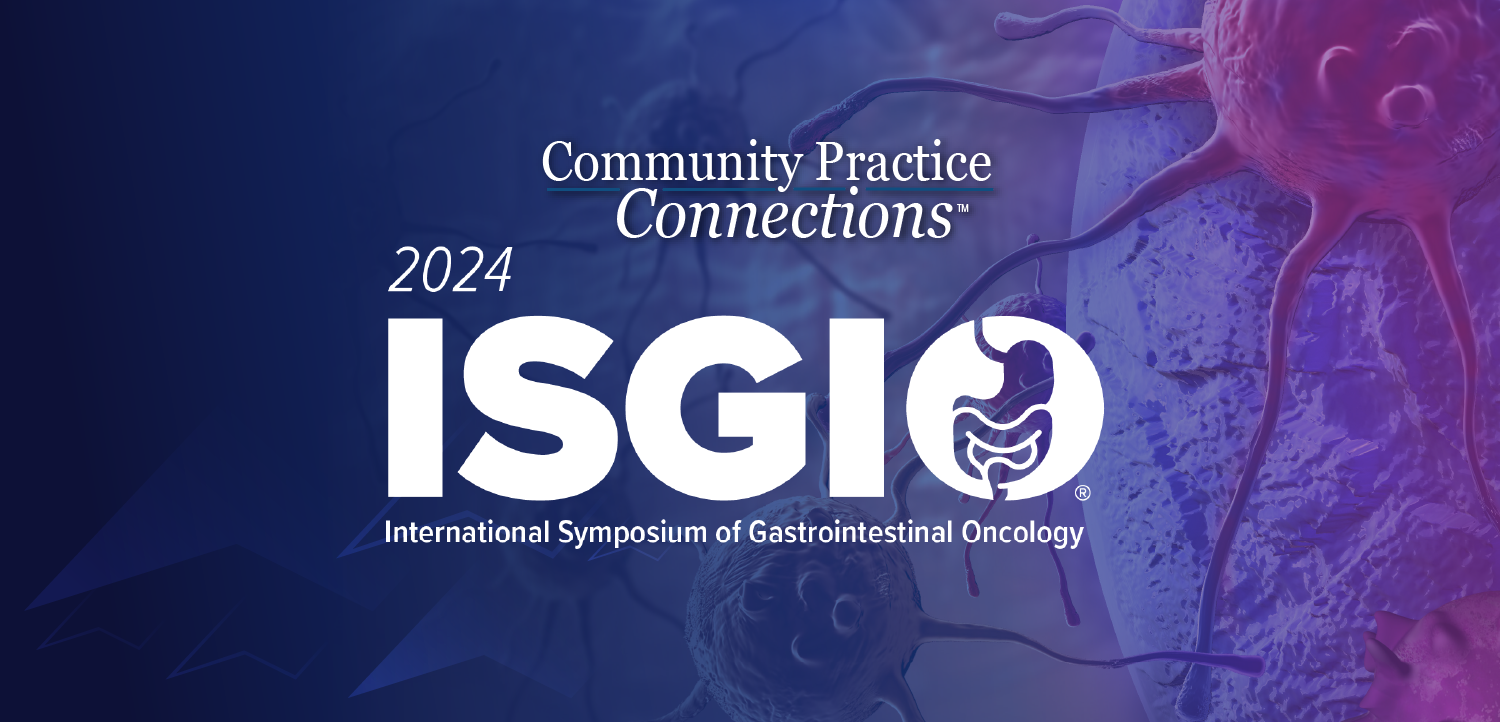
News|Articles|August 19, 2025
GLP-1 Eligibility High Among US Youth, but Insurance Gaps Limit Access: Daily Dose
Author(s)Sydney Jennings
Your daily dose of the clinical news you may have missed.
Advertisement
Patient Care brings primary care clinicians a lot of medical news every day—it’s easy to miss an important study. The Daily Dose provides a concise summary of one of the website's leading stories you may not have seen.
On August 6, 2025, we reported on a study published in JAMA Pediatrics that was designed to characterize the demographic, clinical, and socioeconomic characteristics of US adolescents and young adults eligible for any glucagon-like peptide-1 receptor agonist (GLP-1RA).
The study
Researchers conducted a cross-sectional analysis of NHANES data covering 2 intervals, January 2017 to March 2020 and August 2021 to August 2023, to identify adolescents aged 12 to 17 and young adults aged 18 to 25 who met FDA criteria for GLP-1RA treatment. Eligibility included type 2 diabetes or obesity (for adolescents), or in young adults, either obesity (BMI of 30 or greater) or BMI of 27 or greater with a weight-related condition such as dyslipidemia, hypertension, cardiovascular disease, or diabetes.
The findings
Based on 572 adolescents and 590 young adults in the sample, the weighted estimates showed that 5.8 million adolescents and 11.1 million young adults met GLP-1RA eligibility criteria. The researchers found that insurance status varied widely across the age groups. Among adolescents eligible for treatment, 40.3% were covered by Medicaid, 40.5% had private insurance, and 7.2% were uninsured. In contrast, among eligible young adults, just 20.8% had Medicaid, 49.0% had private insurance, and 19.4% were uninsured.
Of significant concern was the prevalence of cardiorenal and metabolic risk factors identified in both cohorts. Investigators found the following among GLP-1RA eligible adolescents (12-17 years):
Dyslipidemia 35.1%
Hypertension 10.1%
Reduced renal function 74.7%
Among treatment-eligible young adults (18 to 25 years), proportions were more pronounced:
Dyslipidemia 44.5%
Hypertension 26.7%
Reduced renal function 71.9%
Authors' comments
"Study limitations include self-reported data subject to recall bias and potential misclassification of diabetes subtype. GLP-1RAs should be considered alongside intensive health behavior and lifestyle treatment and surgery in the comprehensive treatment of obesity.6 Expanded GLP-1RA insurance coverage may substantially increase access, but uninsurance and lack of routine care are barriers to this therapy."
Newsletter
Enhance your clinical practice with the Patient Care newsletter, offering the latest evidence-based guidelines, diagnostic insights, and treatment strategies for primary care physicians.
Advertisement
Latest CME
Advertisement
Advertisement
Trending on Patient Care Online
1
Merck Secures Fast Track for Novel AD Antibody and Reports First-in-Human Data
2
Geriatric NP Carolyn Clevenger Discusses Agitation in Alzheimer Disease: Overlooked, Misunderstood, and Progressive
3
FDA's Vaccine Chief Prasad Links Pediatric Deaths to COVID-19 Shots, Proposes Stricter Regulatory Framework
4
Understanding Agitation in Alzheimer's: Why Memory Care Isn't Enough – with Carolyn Clevenger, GNP
5

